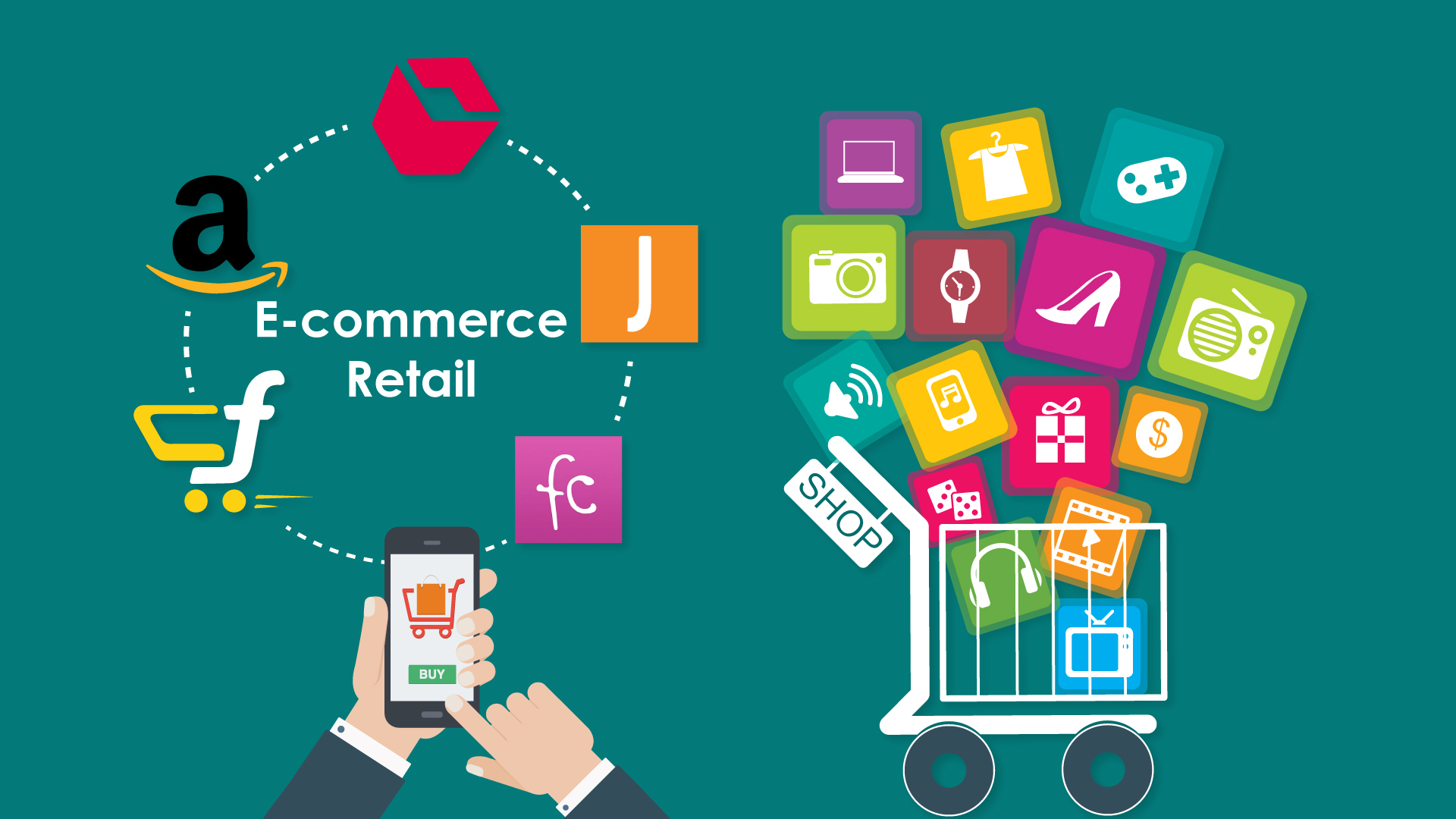In the ever-evolving landscape of commerce, the digital age has ushered in a transformative era of buying and selling. E-commerce platforms have become the linchpin of this revolution, enabling businesses to thrive in a world where online transactions reign supreme. If you’re considering entering the e-commerce arena or looking to enhance your existing platform, this guide will provide you with essential insights to build a successful e-commerce platform in the digital age.
Understanding the E-commerce Landscape
Before delving into the specifics of building an e-commerce platform, it’s crucial to comprehend the broader e-commerce landscape. Here are some key points to consider:
1. Market Research: Begin by identifying your target audience and niche. Conduct thorough market research to understand consumer preferences, trends, and competition.
2. Platform Selection: Choose the right e-commerce platform for your business. Options include hosted platforms like Shopify, open-source solutions like WooCommerce, or custom-built platforms.
3. User Experience: Prioritize a user-friendly interface. Ensure that your platform offers seamless navigation, efficient product discovery, and a streamlined checkout process.
4. Mobile Optimization: With the majority of online shoppers using mobile devices, make sure your platform is fully responsive and optimized for mobile users.
5. Payment and Security: Implement secure payment gateways and robust security measures to protect customer data and build trust.
6. Content and SEO: Create high-quality content to enhance your platform’s SEO. Optimize product descriptions and images for search engines to improve visibility.
Building Your E-commerce Platform
Now, let’s explore the essential steps to build a successful e-commerce platform:
1. Choose the Right Technology:
- Platform Selection: Determine whether you’ll use a hosted platform, open-source software, or custom development. Each has its pros and cons, so choose the one that aligns with your business goals.
- Content Management System (CMS): Select a CMS that aligns with your platform. Popular options include WordPress, Drupal, or a CMS integrated into your e-commerce solution.
2. Design and User Experience:
- Responsive Design: Ensure that your platform’s design is responsive and offers a consistent experience across devices.
- User Interface (UI): Create an intuitive UI with clear navigation and visually appealing product displays.
3. Product Management:
- Product Listings: Develop comprehensive product listings with high-quality images, detailed descriptions, and pricing information.
- Inventory Management: Implement an efficient inventory management system to track stock levels and prevent overselling.
4. Payment and Security:
- Payment Gateways: Integrate secure payment gateways to accommodate various payment methods, including credit cards, digital wallets, and more.
- SSL Certificate: Secure your platform with an SSL certificate to encrypt data and protect customer information.
5. SEO and Marketing:
- Keyword Optimization: Optimize product listings and content for relevant keywords to improve search engine rankings.
- Marketing Integration: Integrate marketing tools and analytics to track user behavior and run effective marketing campaigns.
6. Performance and Scalability:
- Hosting: Choose a reliable hosting provider with the capacity to handle your platform’s traffic and ensure high uptime.
- Scalability: Build a platform that can scale as your business grows, accommodating increased traffic and transactions.
7. Testing and Quality Assurance:
- Testing: Thoroughly test your platform for functionality, security, and performance. Address any issues before going live.
8. Launch and Marketing:
- Launch Plan: Develop a comprehensive launch plan that includes marketing strategies, social media promotion, and email campaigns.
- Customer Support: Ensure that you have a support system in place to assist customers with inquiries and issues.
Adapting to the Digital Age
In the digital age, adaptability is key to success. Continuously monitor and analyze your e-commerce platform’s performance, gather customer feedback, and stay updated on emerging trends and technologies. By remaining agile and responsive, you can position your e-commerce platform for long-term success in the ever-evolving digital landscape.









